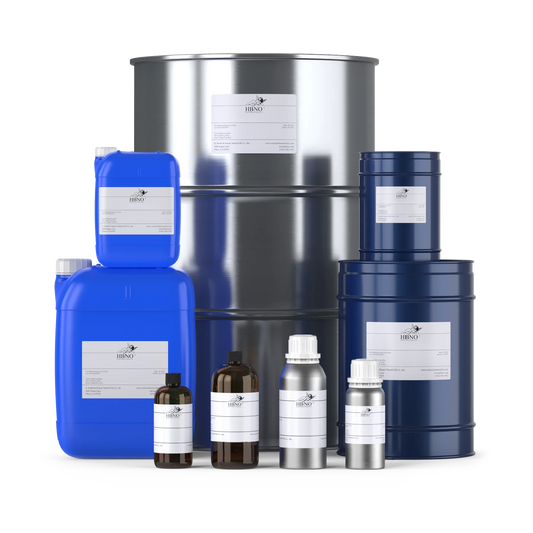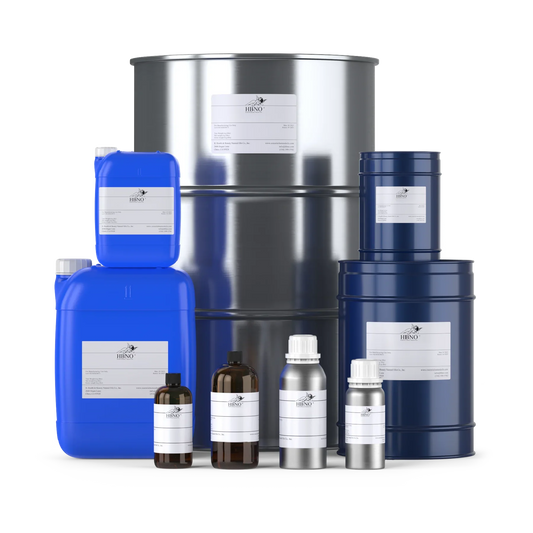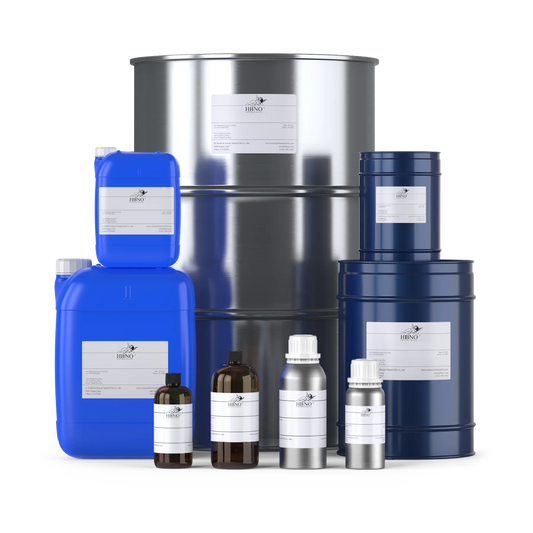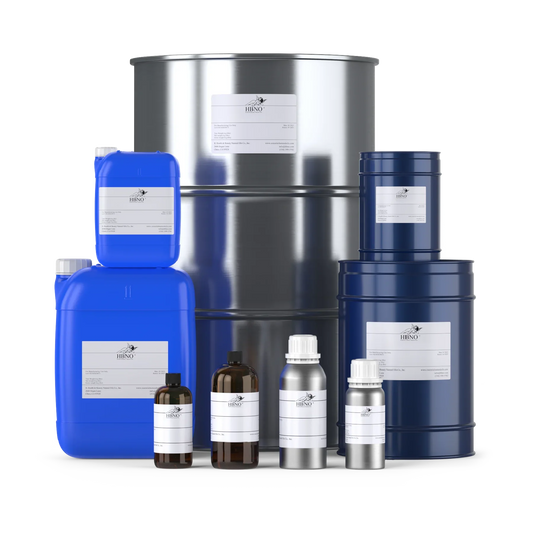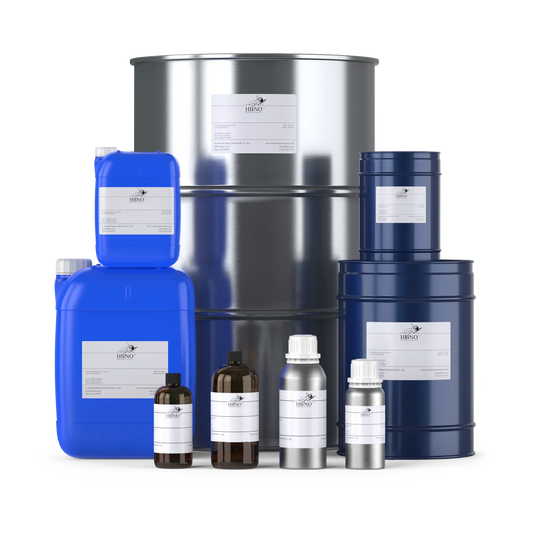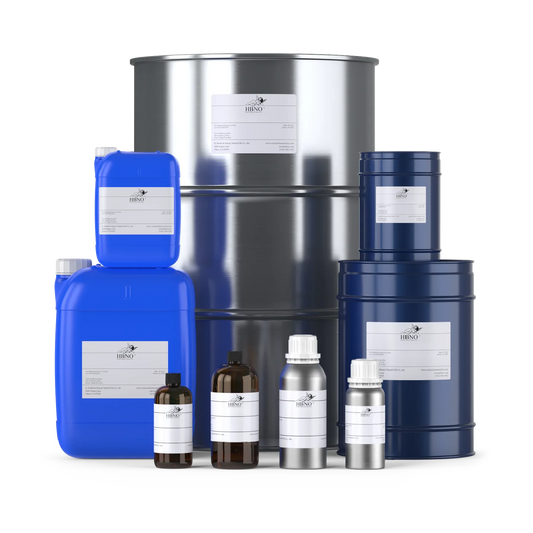Insect Repellents
The Benefits of Essential Oils as Insect Repellents
The global essential oil market is growing, and the sale of bulk essential oils continues to increase due to many factors. The control of insect pests is largely based on synthetic pesticides. However, due to fast growing resistance in the insect pests, negative impact on humans and the environment, there is an urgent need to search for safer alternatives. Many essential oils (EOs) and their bioactive compounds have received particular attention for application as botanical pesticides, since they exhibit high insecticidal efficacy, diverse mode of action, and favorable safety profiles.
Increased Efficiency When Using Essential Oils as Insecticides
Research states that molecules found in rosemary and nutmeg essential oils repel ticks (Dermacentor variabilis ) more effectively than DEET. Development of new personal repellents to prevent tick bites is progressing to keep up with the increasing threat of tick-borne diseases in humans. However, the market share of natural, plant-based repellents is still quite small. Results from examining individual terpenoids from two essential oils, rosemary and nutmeg suggest that there remain unexploited natural compounds that could be further developed for new personal tick repellents.
Housefly, (Musca domestica L.) is a pest of public health importance and is responsible for spreading diseases like typhoid, diarrhea, plague etc. Indiscriminate reliance on synthetic insecticides has led to development of insecticide resistance and ill effect to humans and animals. This demands an alternative and safer pest control option. Research found that toxicity, behavioral and biochemical effect of pepper (Piper betle L.) essential oil and its constituents are effective against the housefly (Musca domestica L.)
Cockroaches are sanitary pests and very difficult to control worldwide. With public concern about traditional insecticides, cockroach control agents should be environmentally friendly, highly efficient, and economical. Cockroaches are the potential vectors of animal pathogens and sources of human allergens and intestinal parasites. In addition, cockroaches can flee quickly under unfavorable conditions such as noise, vibration, and strong light, and they can hide in TV sets and other places with a suitable temperature. Some early chemical insecticides, such as organophosphorus and pyrethroids, were extensively used as cockroach control agents, which has resulted in the development of resistance, residues, and environmental pollution. Research results showed that lavender essential oil and mint essential oil show better repellent activities than the positive control DEET.
Plant essential oils (EOs) have been considered as active repellents to help disrupt the pathogen transmission cycle of mosquitoes. Essential oil repellents are very effective in small outdoor gatherings to help protect humans from mosquito-borne diseases. Lemongrass, Citronella, and Cinnamon Bark essential oil blends are a powerful repellant against mosquitoes.
References
Chaudhari, A. K., Singh, V. K., Kedia, A., Das, S., & Dubey, N. K. (2021). Essential oils and their bioactive compounds as eco-friendly novel green pesticides for management of storage insect pests: prospects and retrospects. Environmental Science and Pollution Research International, 28(15), 18918–18940.
Wong, C., Crystal, K., & Coats, J. (2021). Three molecules found in rosemary or nutmeg essential oils repel ticks (Dermacentor variabilis) more effectively than DEET in a no-human assay. Pest Management Science, 77(3), 1348–1354.
Subaharan, K., Senthoorraja, R., Manjunath, S., Thimmegowda, G. G., Pragadheesh, V. S., Bakthavatsalam, N., Mohan, M. G., Senthil-Nathan, S., David, K. J., Basavarajappa, S., & Ballal, C. (2021). Toxicity, behavioural and biochemical effect of Piper betle L. essential oil and its constituents against housefly, Musca domestica L. Pesticide Biochemistry and Physiology, 174, 104804.
Huang, K., Zhang, D., Ren, J.-J., Dong, R., & Wu, H. (2020). Screening of the Repellent Activity of 12 Essential Oils Against Adult German Cockroach (Dictyoptera: Blattellidae): Preparation of a Sustained Release Repellent Agent of Binary Oil-γ-CD and its Repellency in a Small Container. Journal of Economic Entomology, 113(5), 2171–2178.
Peach, D. A. H., Almond, M., Gries, R., & Gries, G. (2019). Lemongrass and Cinnamon Bark: Plant Essential Oil Blend as a Spatial Repellent for Mosquitoes in a Field Setting. Journal of Medical Entomology, 56(5), 1346–1352.
HBNO Quality Control
At HBNO every batch of essential oils is tested to ensure that all requirements and quality controls have been met such as chromatography-mass spectroscopy (GC-MS), sensory analysis for odor and the color; physical analysis for viscosity, moisture, solubility, optical rotation, specific gravity, refractive index, residue on evaporation, and freezing point; as well as chemical analysis for determination of the acid, ester, carbonyl, and aldehyde index, and phenol content. At HBNO, Health and Beauty Natural Oils, the quality of our essential oils is unquestionable, we provide only the best!
Essential Oils for Pest Control / Insecticides
- Research states that molecules found in rosemary and nutmeg essential oils repel ticks (Dermacentor variabilis) more effectively than DEET.
- Research found that toxicity, behavioral and biochemical effect of pepper (Piper betle L.) essential oil and its constituents are effective against the housefly (Musca domestica L.)
- Studies suggest that lavender essential oil and mint essential oil show better repellent activities than the positive control DEET.
- Lemongrass, Citronella, and Cinnamon Bark essential oil blends are a powerful repellant against mosquitoes.
Application Practice and Methods of Application
Application practice and methods vary depending on many factors. Individual research is required.
Contraindications
While essential oils are a promising form of insect repellent, it is important to note that some essential oils may be toxic to both humans and animals and cause liver, kidneys, or gastrointestinal tissue problems. Reproductive toxicity has been reported for Oregano (Origanum vulgare) and Wild Mint (Mentha arvensis). Other studies show an adverse effect to essential oils on the genome, genoprotective effects (Syzygium aromaticum ) and genotoxicity, as is the case of Cinnamon and Camphor (Cinnamomum camphor). Personal research into their individual use is necessary.
HBNO - Health and Beauty Natural Oils – Our Mission
- At HBNO our mission is to provide you with the products that are the pinnacle of quality and affordability. Health and Beauty Natural Oils is committed to offering the highest quality essential oils directly from the farmer to you with no middleman in between. As both a manufacturer and retailer we at HBNO are in a position to provide our customers with the most competitive pricing and quality anywhere available. We believe in providing essential oils directly from the living plant to you because ensuring that you receive the absolute best that nature provides is our mission!
HBNO – Health and Beauty Natural Oils - Customer Satisfaction
- CUSTOMER SATISFACTION: We are committed to providing the most reliable service to every customer. However, if for some reason you receive damaged or incorrect items, please contact us through the Amazon platform and we will guarantee your 100% satisfaction. If for any reason you are not absolutely satisfied you will receive a full refund or a replacement of the product from the manufacturer.
Contact Us
We are here to serve you so always feel free to contact us directly. We guarantee friendly, professional after-service.
Legal Disclaimer
The above statements are for educational purposes only and have not been evaluated by the Food and Drug Administration (FDA). The above statements are not intended to diagnose, treat, cure, or prevent any disease or health condition in humans or animals. Caution: Keep out of reach of children. If you are pregnant, nursing, taking medication, or have a medical condition, consult a health professional prior to use.





